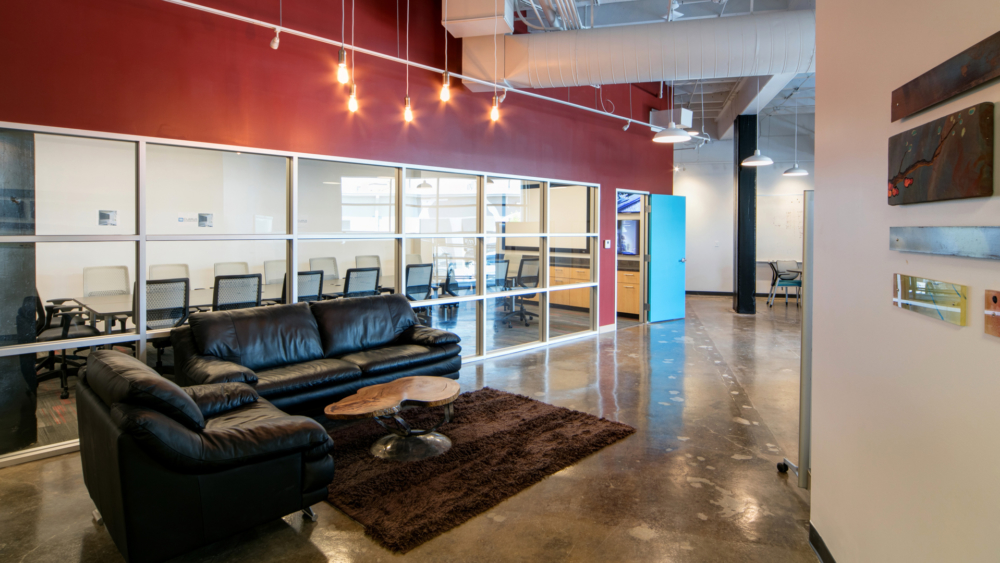
Experiences Between Destinations
In our designs, whether it is an office space, a high school, or an automobile dealership, there are halls, corridors, or passages that enable the users of our buildings to reach their destinations, be it a science lab, conference room, office, or parts department. These conduits of mobility within the framework of a building offer the chance to create experiences between destinations that are low cost and yield high value in the users’ experience of our designs. These pathways must be there to support the buildings’ function. To not take advantage of them in a design is a missed opportunity.
In the design of cities, urban planners will introduce a park, a water feature, signage, or use a topographical feature to add to the experience of walking from one area of town to another, or to identify one district from another.
Within our buildings we can apply this concept of intentional elements to add experiences between destinations. A main corridor through a high school can reflect the school’s brand, its vision, and purpose. Alcoves of various sizes outfitted with writable surfaces and wireless support located along a hall in an office facilitates collaboration, while alcoves located along a school hall facilitates collaboration between students. A bistro located adjacent to a high school library creates a place for teachers and students to engage, while a bistro adjacent to the service area of an automobile dealership provides a space for customers to catch a quick beverage, conduct some work, and be exposed to the manufacturer’s and dealer’s latest offerings.
What are the experiences you have encountered on the way to your destination?